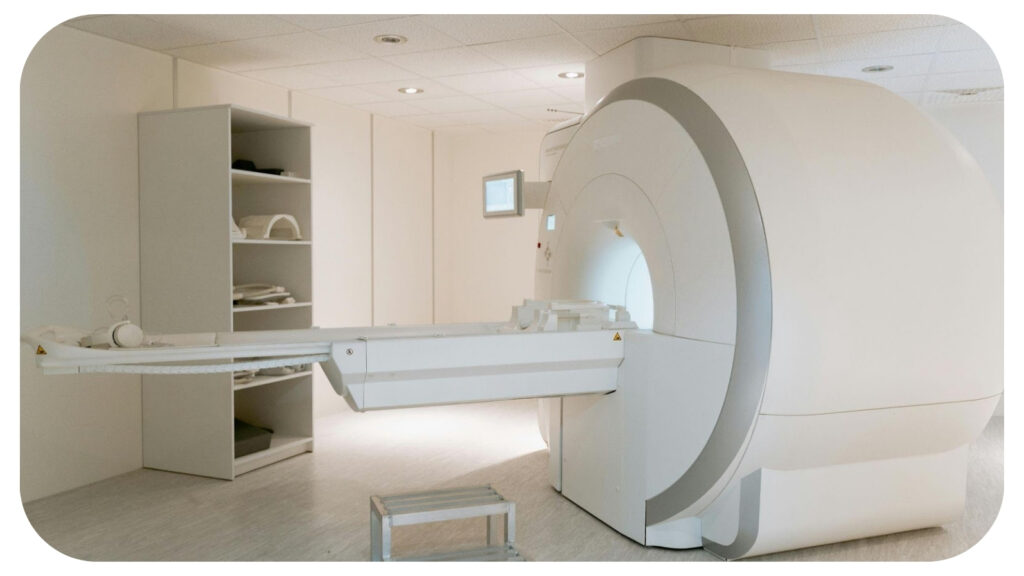Servo Drives in Medical Devices: Ensuring Accuracy in Life-Saving Technologies
This post was last updated on April 9th, 2025

Servo drives play a critical role in modern medical devices, where precision and reliability are essential for life-saving applications. From robotic surgery to advanced imaging systems, these components help ensure medical technologies function with unparalleled accuracy.
What Are Servo Drives and How Do They Work?
Servo drives are electronic devices used to control the motion of motors in a precise manner. They function through a closed-loop control system that continuously monitors and adjusts motor behavior based on feedback. ADVANCED Motion Control Servo Drives are a prime example of high-performance solutions engineered for demanding motion control applications, offering precision, reliability, and flexibility across industries.
Key Components of a Servo Drive System:
- Controller: Commands the motor’s movement and interprets feedback data.
- Amplifier: Provides the necessary power to drive the motor.
- Motor: Converts electrical energy into mechanical motion.
- Feedback Device: Measures position and velocity, commonly using encoders or resolvers.
The closed-loop control system ensures accurate movement by continuously comparing feedback data with the desired position and making adjustments.
Why Are Servo Drives Essential in Medical Devices?
Servo drives are crucial in medical devices due to their ability to:
- Provide precision control: Essential for delicate medical procedures.
- Ensure consistent performance: Vital for repetitive medical tasks.
- Enhance safety and reliability: Reduces risk during critical operations.
- Minimize errors: Contributes to better patient outcomes.
How Do Servo Drives Enhance Accuracy in Medical Technologies?
Servo drive applications enhance accuracy by precisely controlling movement and position through feedback systems that continuously adjust for errors.
Examples of Medical Applications:
- Robotic Surgery: Enabling precise movements during minimally invasive procedures.
- Imaging Devices: MRI and CT scanners for accurate diagnostics.
- Laboratory Automation: Precise handling of samples and test equipment.
- Infusion Pumps: Controlled delivery of medications.
What Types of Servo Drives Are Used in Medical Devices?
Several types of servo drives cater to different medical applications, each with unique benefits.
AC Servo Drives
- Pros: High efficiency, suitable for high-speed applications.
- Cons: More complex control requirements.
DC Servo Drives
- Pros: Simpler control, effective for low-speed tasks.
- Cons: Lower efficiency and higher maintenance.
Linear Servo Drives
- Pros: Precise linear motion, ideal for imaging technologies.
- Cons: Limited to specialized applications.
Digital vs. Analog Servo Drives
- Digital: Greater precision and easier integration with modern systems.
- Analog: Simpler design but less versatile.
What Are the Key Components of a Servo Drive System in Medical Devices?
Key Components:
- Power Supply: Provides necessary electrical power.
- Motor: Drives mechanical movement.
- Controller: Directs motor behavior.
- Feedback Mechanism: Ensures accuracy through real-time adjustments.
How to Choose the Right Servo Drive for Medical Devices?
Considerations:
- Accuracy and Resolution: Critical for precision tasks.
- Power Requirements: Must match the application.
- Size and Weight Constraints: Important for portable devices.
- Compliance with Medical Standards: Ensure adherence to regulations.
- Cost-Effectiveness: Balance quality with budget.
What Are the Main Performance Parameters of Servo Drives in Medical Devices?
Key Performance Parameters:
- Positioning Accuracy: Essential for surgical tools.
- Speed Control: Important for laboratory automation.
- Torque Control: Necessary for handling delicate instruments.
- Noise Reduction: Critical for patient comfort.
What Safety Features Should a Servo Drive Have for Medical Devices?
Safety Features:
- Redundant Feedback Systems: To ensure backup accuracy.
- Overcurrent Protection: Prevents electrical damage.
- Thermal Protection: Avoids overheating.
- Emergency Stop Functions: Enhances patient and operator safety.
What Are the Benefits of Using Servo Drives in Life-Saving Technologies?
Benefits:
- Enhanced Precision: Crucial for accuracy in procedures.
- Reduced Error Rates: Minimizes human and mechanical errors.
- Improved Patient Outcomes: Better surgical success rates.
- Efficiency in Medical Procedures: Faster, more reliable operations.
What Challenges Are Involved in Implementing Servo Drives in Medical Devices?
Challenges:
- Cost of High-Precision Components: Advanced technology can be expensive.
- Complexity of Integration: Requires technical expertise.
- Maintenance and Calibration: Essential for long-term performance.
What Are the Key Standards and Certifications for Servo Drives in Medical Devices?
Key Certifications:
- ISO 13485: Quality management for medical devices.
- IEC 60601: Safety standards for medical electrical equipment.
- FDA Regulations: Compliance with U.S. medical device standards.
How to Maintain and Calibrate Servo Drives in Medical Devices?
Maintenance Steps:
- Regular Inspections: Identify wear and tear.
- Calibration Checks: Ensure continued accuracy.
- Software Updates: Maintain optimal performance.
- Professional Servicing: Periodic expert evaluations.
What Are Emerging Trends in Servo Drive Technology for Medical Devices?
Recent Advancements:
- Miniaturization: Smaller, more compact devices.
- Wireless Control Systems: Enhanced flexibility in device placement.
- AI-Driven Diagnostics: Automated error detection and performance optimization.
What Are the Best Practices for Integrating Servo Drives in Medical Devices?
Best Practices:
- Early-Stage Planning: Identify requirements early in development.
- Collaboration with Medical Professionals: Ensure alignment with clinical needs.
- Comprehensive Testing: Validate performance through extensive trials.
How Do Servo Drives Compare to Other Motion Control Technologies in Medical Devices?
Comparison:
- Servo Drives: Best for high precision and feedback.
- Stepper Motors: Less accurate, better for simpler tasks.
- Linear Actuators: Great for linear motion but limited versatility.
- Hydraulic Systems: High force output but lower precision.
What Are Real-Life Examples of Servo Drives in Medical Technologies?
Examples:
- Da Vinci Surgical System: Advanced robotic surgery.
- MRI Scanners: Precision in imaging and diagnostics.
- Automated Laboratory Equipment: Accurate sample handling.
Conclusion
Servo drives are fundamental in the modern medical device industry, ensuring the precision and reliability necessary for life-saving technologies. Their role in robotic surgery, imaging systems, and laboratory automation underscores their importance. As the industry advances, trends like miniaturization and AI integration promise even greater innovation. Ongoing adherence to standards and regular maintenance are vital to sustaining their impact on healthcare.
You may like this
Recommended For You
Best Anonymous Browser for Private Surfing
Most Inside
Most Inside offers high-quality recommendations and valuable updates to enhance all aspects of your life, providing premium guidance and enriching experiences.




